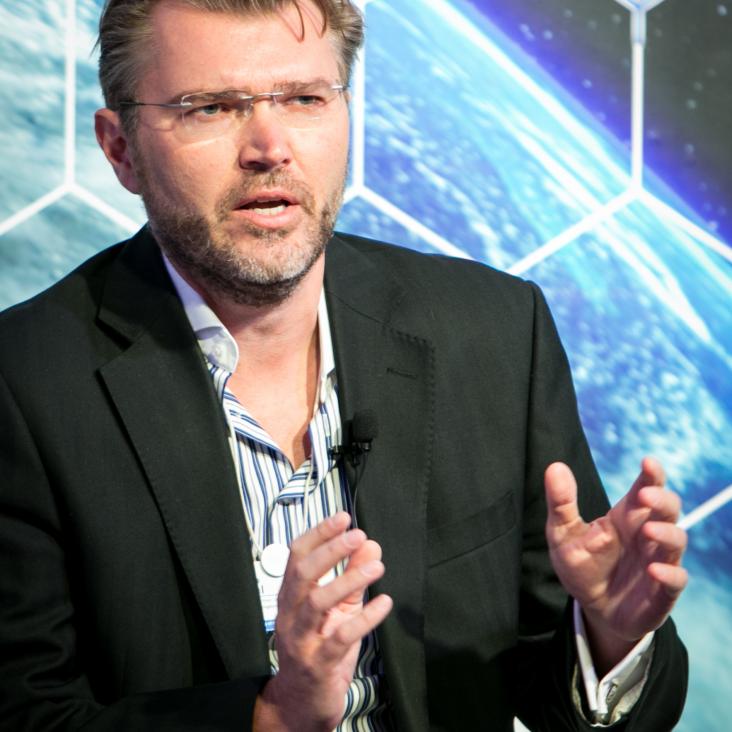Information Fluctuation Theorem for an Open Quantum Bipartite System
(2020)
Information fluctuation theorem for an open quantum bipartite system
Physical Review E American Physical Society (APS) 101:5 (2020) 052128
On the testability of the equivalence principle as a gauge principle detecting the gravitational $t^3$ phase
(2020)
Non-Gaussianity as a signature of a quantum theory of gravity
(2020)


